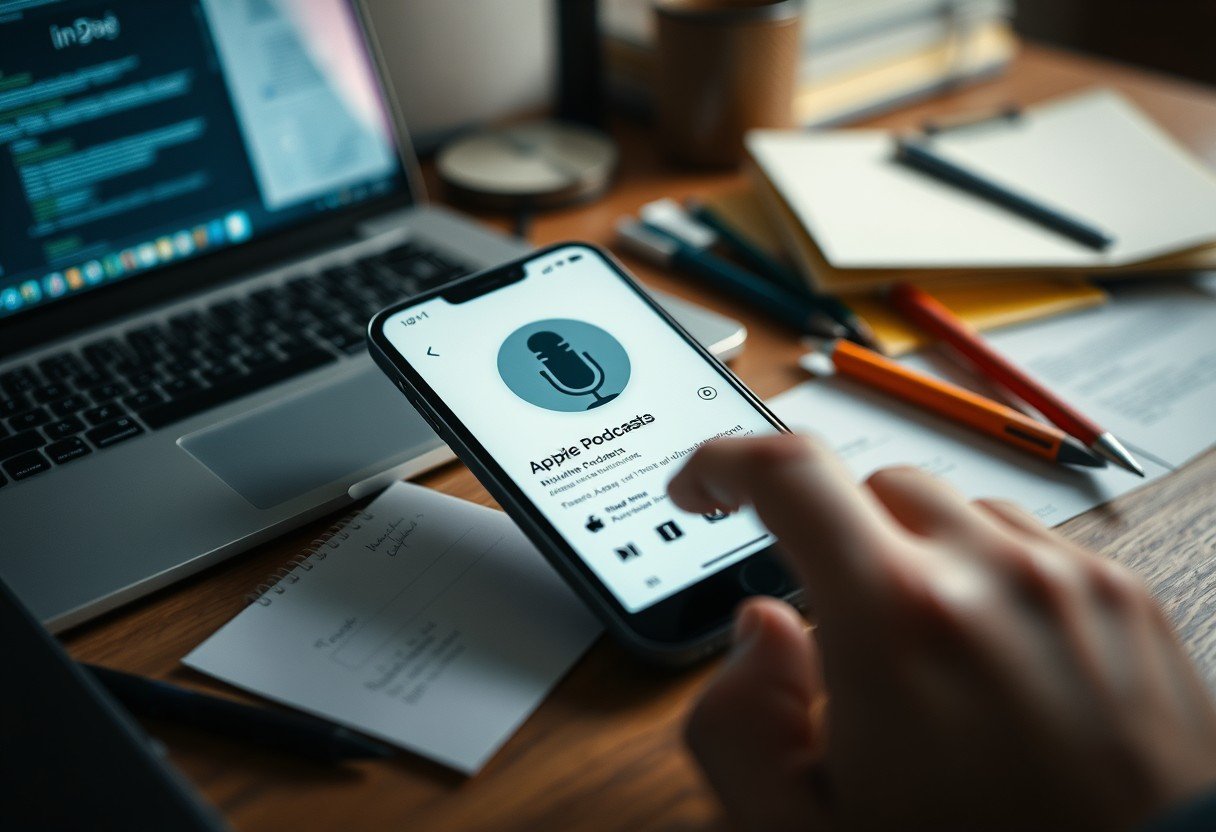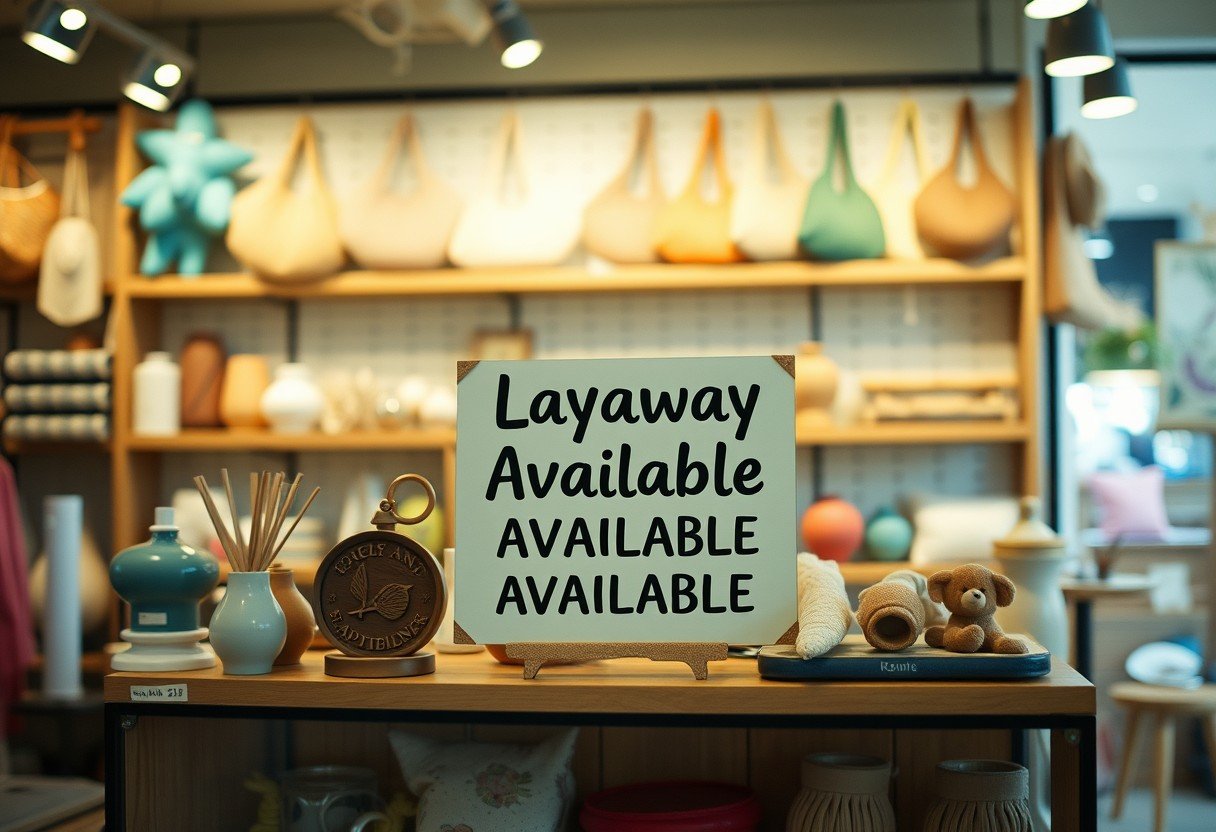When you’re launching a new business, it’s easy to get lost in the big picture: the business plan, funding, and marketing. However, for any business with a physical location, small, overlooked details can quickly turn your grand opening into a grand disaster. These critical elements affect everything from employee safety and productivity to the first impression you make on your clients.
Why the Small Physical Details Matter
The moment a client or employee walks through your door, they begin forming an opinion. The physical environment of your business is a direct reflection of your brand’s professionalism and attention to detail. It’s not just about looking good; it’s about creating a space that is functional, safe, and welcoming.
Neglecting these details can have serious consequences, including accidents, decreased morale, and lost customers. A well-thought-out space shows that you care about the people who use it, building trust and loyalty from day one. This foundation is crucial for long-term success.
Think of your physical location as a silent partner in your business. It can either work with you to foster a positive and productive atmosphere or against you to create constant problems and frustrations.
The Critical Role of Lighting in Your Workspace
Lighting is far more than just light bulbs; it sets the entire mood of your establishment. The right lighting is essential for creating a safe and productive environment. It allows staff to perform tasks accurately, from reading documents to noticing safety warnings.
Poor or insufficient lighting is a significant workplace hazard. According to studies on workplace ergonomics, inadequate lighting can lead to eye strain, headaches, and fatigue, which directly impacts employee efficiency and well-being. It can also increase the risk of trips, falls, and other accidents.
Consulting with a lighting designer is a wise investment that pays off in both safety and ambiance. They can help you create a layered lighting plan that is perfect for your specific needs.
- Ambient Lighting: Provides overall illumination for the space.
- Task Lighting: Focused light for specific work areas, like desks or counters.
- Accent Lighting: Used to highlight architectural features or products.
By combining these types, you create a space that is not only safe but also visually appealing and comfortable for everyone.
Using Color to Influence Mood and Productivity
Just like lighting, the colors you choose for your walls have a powerful psychological impact on everyone who enters your space. Dreary colors like gray or sterile white can make a space feel uninspiring and can even contribute to feelings of sadness or lethargy.
Color psychology is a tool smart business owners use to their advantage. Different colors can evoke specific emotions and behaviors. For instance, blues and greens are known to have a calming effect and can improve focus, making them ideal for office environments. Yellows, on the other hand, can spark creativity and energy.
A thoughtful color palette can boost employee morale and make your clients feel more comfortable. It’s a relatively inexpensive way to make a massive difference in the day-to-day operations and overall feel of your business. Don’t be afraid to use a mix of colors to define different zones within your workspace.
Plumbing: The Unseen System That Can Shut You Down
Of all the details, plumbing is perhaps the most critical and the most catastrophic when it fails. While bad lighting is an annoyance, a major plumbing issue can force you to close your doors completely, leading to lost revenue and expensive emergency repairs.
As the article’s context noted, even giant retailers like Walmart have had to shut down stores due to severe plumbing problems. New business owners often inherit older systems that have not been properly maintained, leaving them vulnerable to disaster. It is crucial to have a professional plumber inspect the entire system before you open.
Be vigilant for early warning signs that could indicate a larger problem on the horizon. Addressing them early can save you a significant amount of money and stress.
| Warning Sign | What It Could Mean |
|---|---|
| Frequently Clogged Drains | A blockage deep in the main sewer line. |
| Foul Odors | A cracked sewer pipe or a dry plumbing trap. |
| Visible Mold or Mildew | A hidden leak behind a wall or under the floor. |
| Low Water Pressure | Cracked pipes or a significant buildup of sediment. |
A Checklist for Your Final Walk-Through
Before you officially open your doors to the public, it’s essential to conduct a thorough final walk-through. This is your last chance to catch small problems before they become customer-facing issues. Use a checklist to ensure you don’t miss anything during this hectic time.
This process helps you switch from a business-owner mindset to a customer or employee mindset. What might they see, hear, or feel? This perspective is invaluable for spotting issues you may have become blind to during the setup process.
Here is a simple checklist to guide you:
- Test Every Light Switch: Ensure all lights are working and replace any burnt-out bulbs.
- Check All Plumbing Fixtures: Run all faucets, flush all toilets, and check for any leaks or slow drains.
- Walk the Floor Plan: Make sure all pathways are clear, accessible, and free of tripping hazards.
- Inspect Walls and Floors: Look for any scuffs, scratches, or paint touch-ups needed after moving in equipment.
- Check for Functionality: Ensure all doors, windows, and cabinets open and close properly.
Taking an hour to complete this checklist can prevent embarrassing and costly problems during your opening week.
Frequently Asked Questions about Setting Up a New Business Space
What is the most overlooked detail when opening a new physical business?
Plumbing is by far the most commonly overlooked system. Entrepreneurs are often focused on aesthetics and equipment, but a hidden plumbing issue can shut down the entire operation without warning, making it a critical pre-opening checkpoint.
How does office color really affect employees?
Office color has a documented impact on mood and productivity. Dull colors can lead to feelings of lethargy, while thoughtfully chosen colors like blue can increase focus and green can reduce anxiety, creating a more positive and efficient work environment.
Why is professional lighting important for a retail store?
In a retail setting, lighting directly impacts sales. Proper lighting not only ensures safety but also makes products look more appealing, guides customers through the store, and creates a welcoming atmosphere that encourages them to stay longer and buy more.
What are common warning signs of plumbing issues in a commercial building?
Key warning signs include drains that repeatedly clog, strange gurgling noises from pipes, foul odors smelling of sewage, and any signs of water damage or mold. If you notice any of these, call a professional plumber immediately.
How can I make my business space safer for everyone?
Beyond good lighting and clear pathways, ensure you have clearly marked emergency exits, functional fire extinguishers, and first-aid kits. Also, consider accessibility by making sure your entrance and restrooms comply with disability regulations.









Leave a Comment